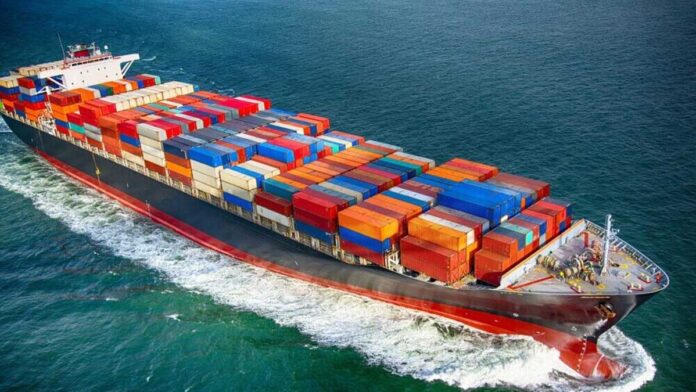Pakistan export competitiveness is impacted because of the cascading effect of General Sales Tax (GST), says the International Monetary Fund (IMF).
The Fund in its latest report on Pakistan noted that at the final stage, the factory produces a dress for export, and even though export is zero-rated, the exporter will have to charge a higher price compared to the fully harmonized system. Not all taxation is removed from exports and additional costs are incurred in each segment of the production value chain, which disadvantages them in the international market.
The Fund quoted an example that the cotton ginning company buys Rs. 1,000 value of raw materials for production of cotton fiber, and with GST rate of 10 percent, pay total sales tax on goods of Rs. 100. In addition to purchased raw material, it also uses certain services for Rs. 500, like transportation, consulting, marketing.
Read Also : Sindh Govt to launch road checking drive against tax defaulting vehicles.
Assuming the same tax rate of 10 percent on services, it pays additional Rs. 50 in taxes. Input tax paid is, therefore: Rs. 100 (to the federal government) + Rs. 50 (to a province) = Rs. 150. Total input costs are (1000+500+100+50) = 1650. The company then adds the value of Rs. 100 and sells the cotton fiber to a textile manufacturer.
Given the fragmented tax base, it will be very difficult for the cotton company to claim and collect tax credits on input tax on services (Rs. 50) initially paid, and the sale price will carry over that segment of the tax.
The sale price will therefore be: total input costs (1650) + value added (100) – input tax that will be credited after the sale, in this case on goods (100) = Rs. 1650, instead of Rs. 1600 in a fully harmonized GST system. At the sale stage, the company will collect an output tax of Rs. 165 and remit it to the Federal Board of Revenue (FBR) but will only be refunded for the portion of the input tax.
The net tax paid by the cotton ginning company will be 165–100=65, instead of 160–100–50=10 in a system of fully harmonized GST. In other words, the effective tax rate will be 65 percent (tax paid/value-added), significantly diverging from the nominal tax rate of 10 percent.
In the next stage, the textile manufacturer, in addition to purchasing cotton fiber for Rs. 1650, uses certain input services of Rs. 800 and produces finished fabrics. Similar to the previous stage, the textile manufacturer pays input taxes of Rs. 245 = Rs. 165 (on goods) + Rs. 80 (on services), adds a value of Rs. 200, and sells the fabrics to a garment factory for Rs. 2,730 = Rs. 2,308+10 percent GST (230.8).
If only input tax on goods will be recovered, the net tax paid by the textile manufacturer will be Rs. 108, while in the case of fully harmonized GST the producer will pay only Rs. 20. The production costs for the textile manufacturer are therefore Rs. 40 higher compared to a fully harmonized tax base regime.

